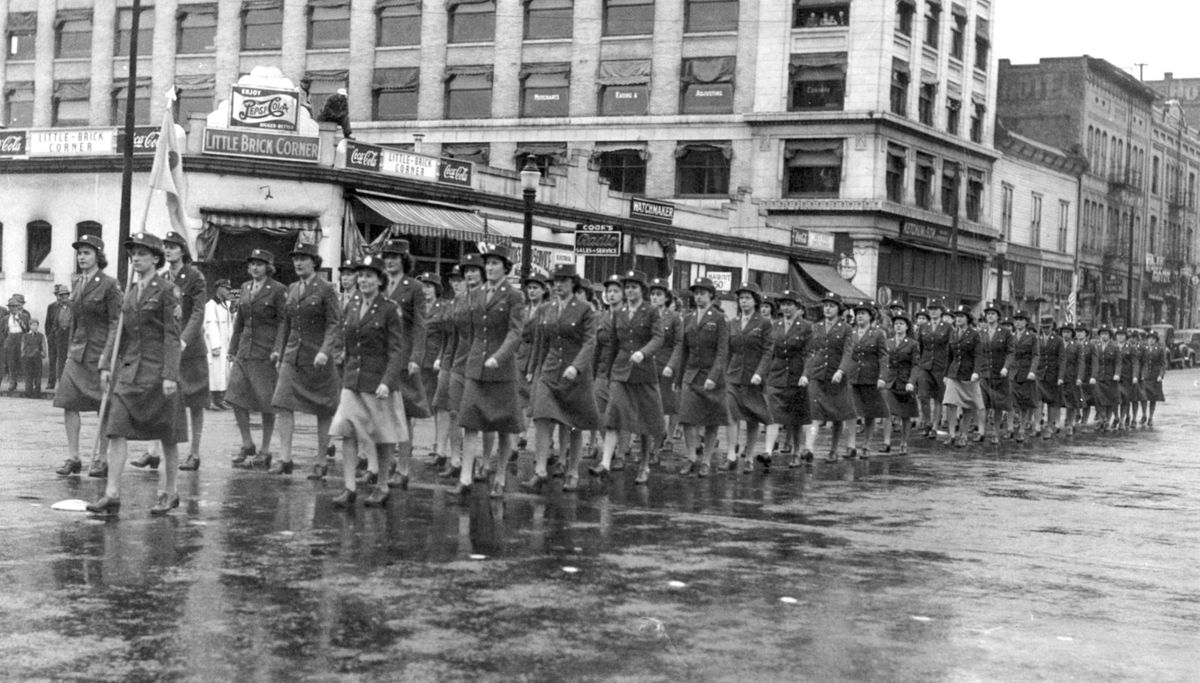Then and Now: The Women’s Army Corps in Spokane

Congress created the Women’s Army Auxiliary Corps in 1942 to allow women into the war effort in noncombatant roles, such as nursing, communications, supply and secretarial positions, during World War II.
WAACS served next to, but not in, the Army. The new service was opened to women ages 21 to 45 without children.
Across the nation, thousands of women applied for the program. Capt. Worth Kindred of the Spokane recruiting office said sign-ups were starting slowly in 1942, partly because at first they were looking for women with certain types of training.
Jane Donlon, who grew up in Spokane, was an early enlistee in Washington state. She had married soldier James D. Donlon Jr. in 1940 in Bellingham and even moved with him to his post in Manila, Philippines. She escaped that country on the last available boat in 1941 as the Japanese closed in. The last word from her husband came in a Dec. 1, 1941, letter. In early 1942, James Donlon was reported as missing in action after the fall of the Philippines.
“I have a few scores to settle,” Jane Donlon said as she applied for the Women’s Army Corps in Seattle in June, 1942. Her husband survived the Bataan Death March and returned after the war.
In 1943, the WAAC dropped “Auxiliary,” and the WACs became part of the Army.
In late 1944, The Spokesman-Review reported that the military needed 22,000 more medical WACs to care for the wounded at Fort George Wright and Baxter General Hospital. Col. John E. Sullivan of Fort George Wright said women attendants can inspire the wounded toward recovery more than male hospital attendants.
Elizabeth Hoisington, from a Spokane military family, enlisted here in 1942. She advanced through the ranks to become the seventh director of the WAC in 1965. In 1970, Hoisington was appointed by President Richard Nixon as one of the first two female general officers in the U.S. Army in 1970.
Over the years since World War II, WACs worked closer and closer with male soldiers. The Corps was officially disbanded in 1978. In 1980, the Pentagon declared that women who served during World War II were military veterans.